This story began when a few days ago I looked for the entry “Photography” in the well-known DUDEN thematic dictionary (Bildwörterbush of Duden – Leipzig 1940 – also published in English) and I found something that made me travel back in time… to 1957
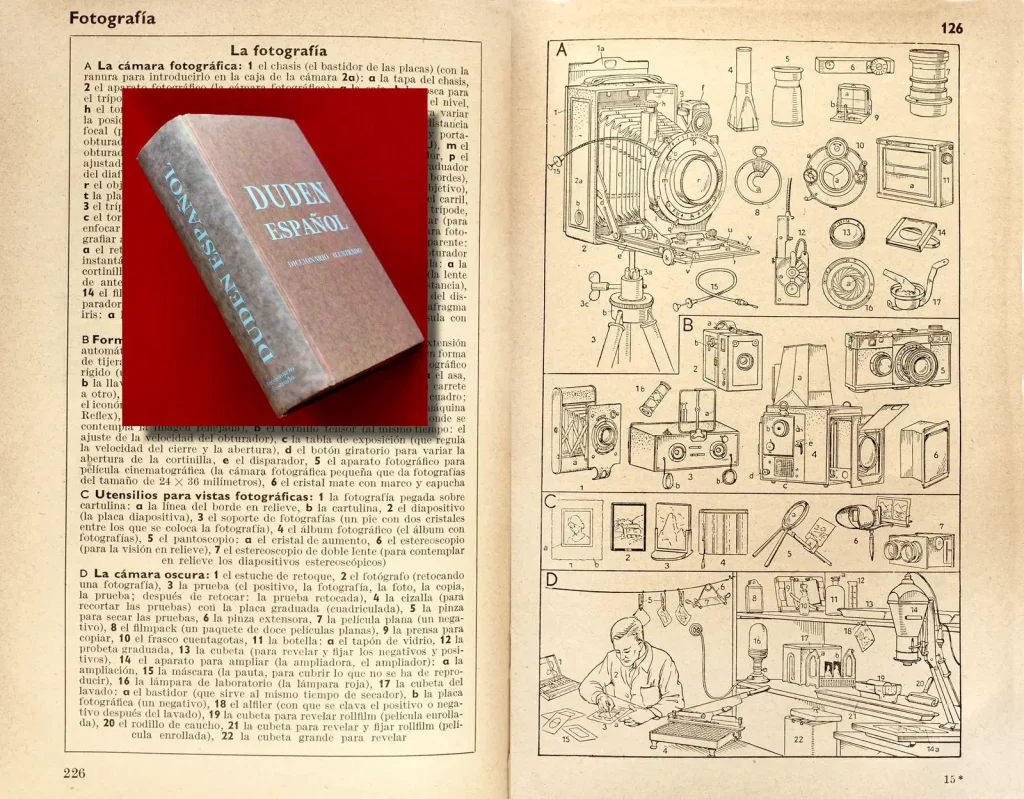
At that time I shared a laboratory that my friend Enrique (today a former professional photographer) had in his house – it was very similar to the one in the illustration of the DUDEN. His father, Manolo, taught us how to develop film and make copies on paper.
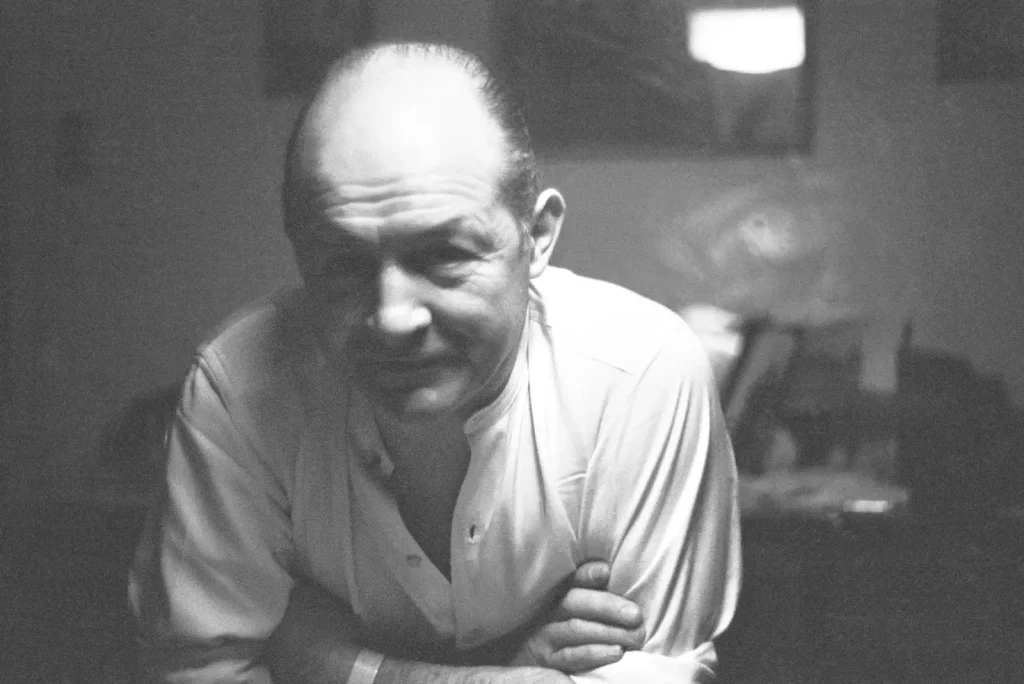
Around 1959 Enrique became a volunteer in the army and so I installed my own laboratory in my house. It gave me a good service until a few years later when my youth led me to deal with other types of somewhat more frivolous entertainment…
Searching my memory and in the corners of my house I have found several objects from my laboratory: a shear, several empty boxes of photographic paper and an enlarging lens.
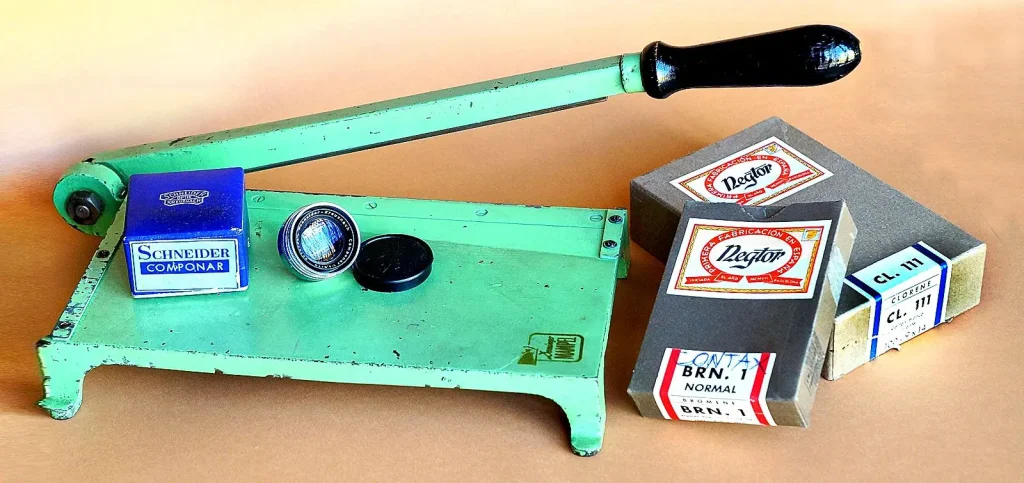
The shear has been in my office and I have used it daily – it will have made hundreds of thousands of cuts and preserves the original sharpening.
The boxes were in a closet and full of photos from those years – their only value consisted of emotional memories. You can still buy this paper online even with unexposed paper.
The lens is a Schneider Kreuznach 75mm f/4.5 that I lent to a fellow student who I lost all contact with. He came to my house 20 years later to thank me and return it to me.
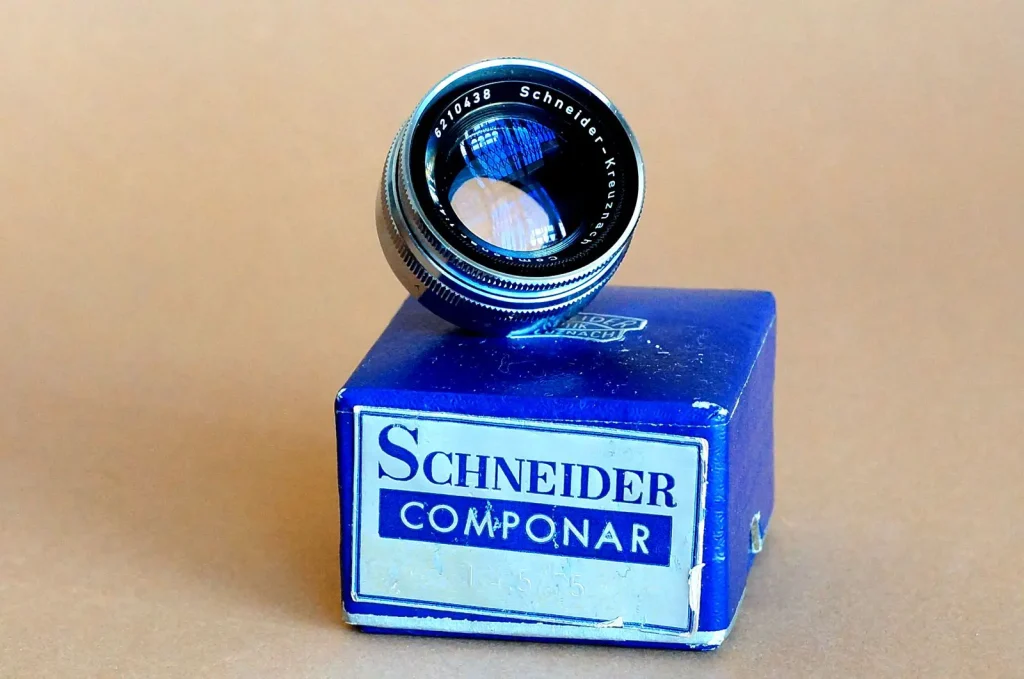
This was when my unbridled curiosity forced me to continue, to think, and to complicate my life. Can I take photos with an enlarger lens?
I started to solve the mystery and come up with a solution. I searched out, cut, drilled, screwed and mounted with materials that I had at home. In the end, I found a way to adapt the Schneider Kreuznach 75 mm f/4.5 to my modest Sony A37. This is a lens with an equivalent focal length of 112mm. It can focus from 0.5m up to infinity.
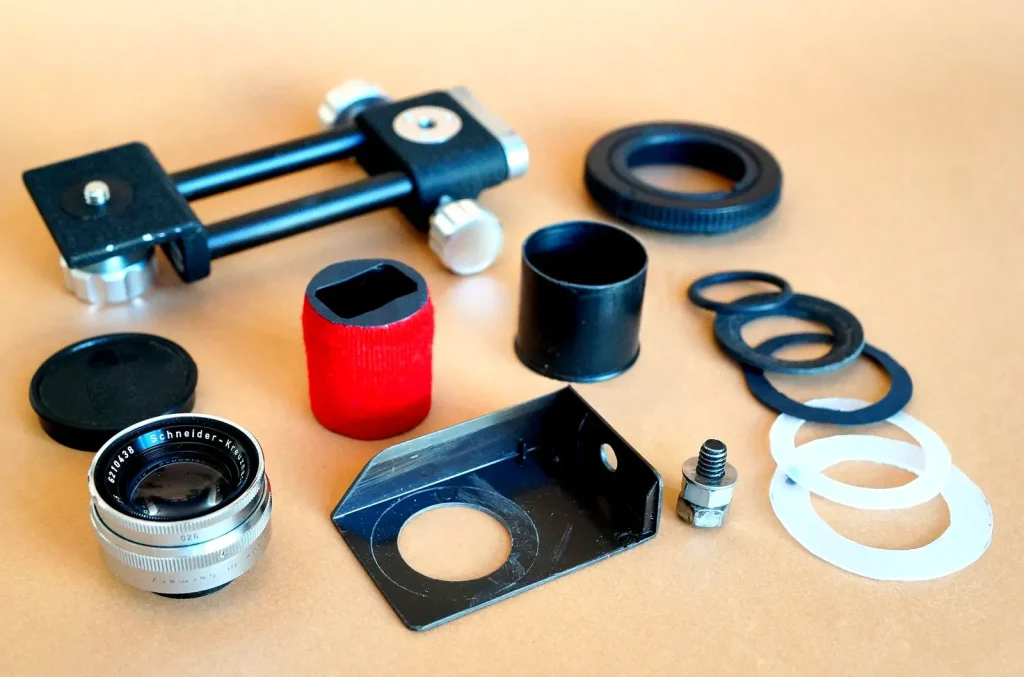
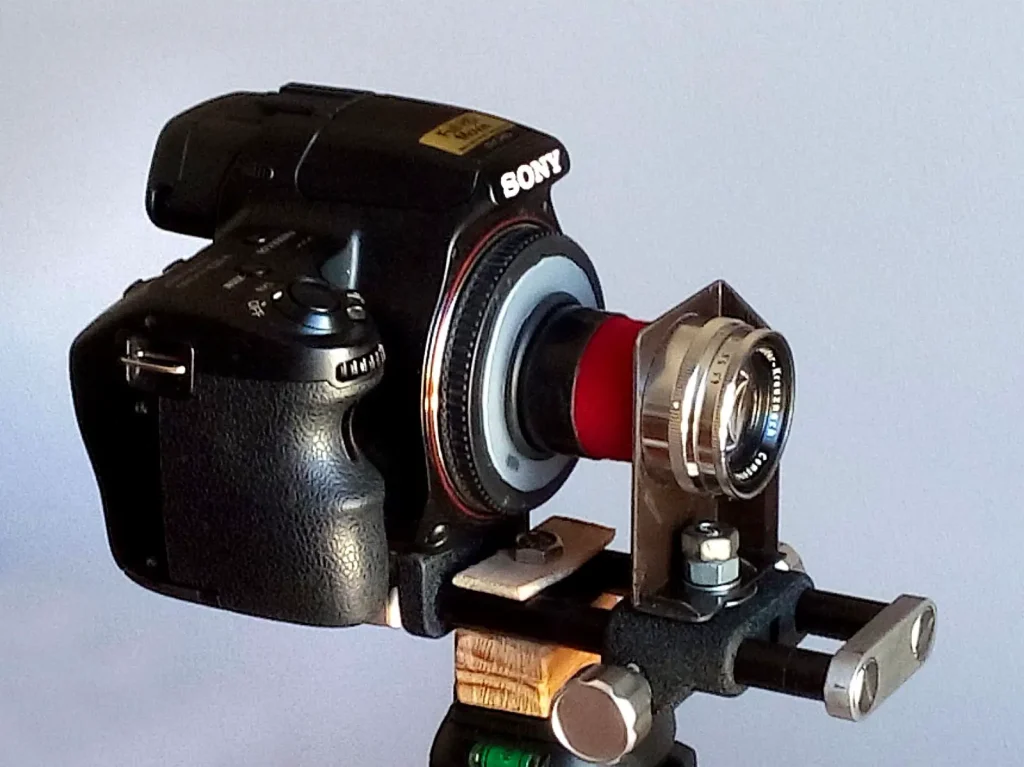
The test photos reveal to me that in certain lighting conditions there is a low contrast problem although it can be improved by editing. As I am a simple hobbyist, I dare not diagnose the reason for this lack of contrast…
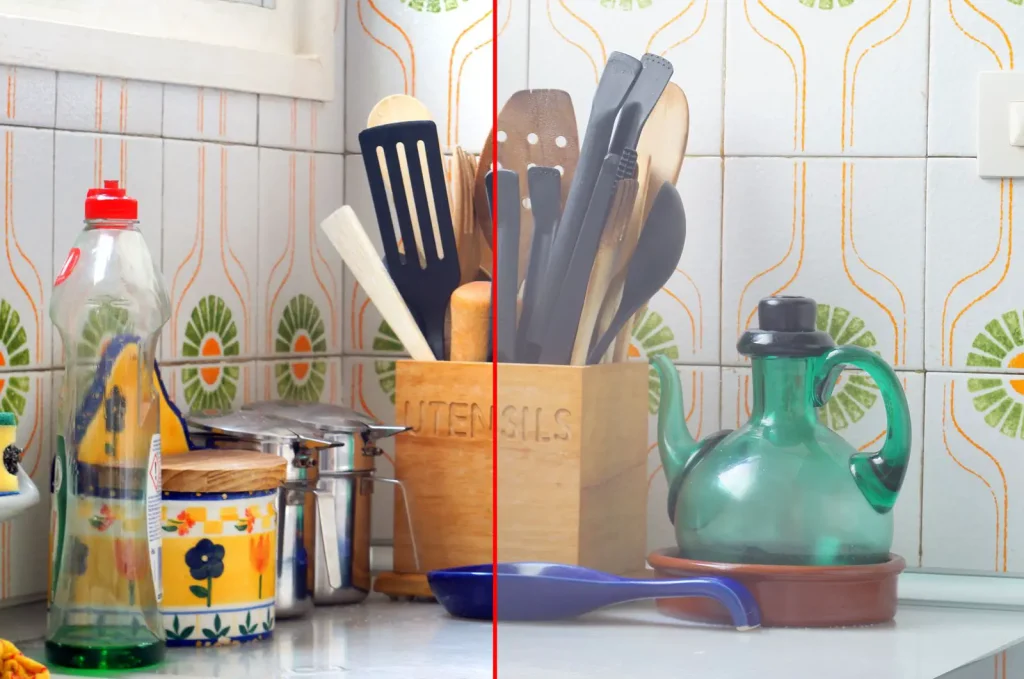
Here’s a photo gallery, of images. I chose a sunny day to walk around Barcelona, and I will indicate some photos are edited and others are original. Most of them are shot at f5.6 -f8. Focusing on f4.5 and switching to f8 was difficult without breaking the contraption or losing focus.
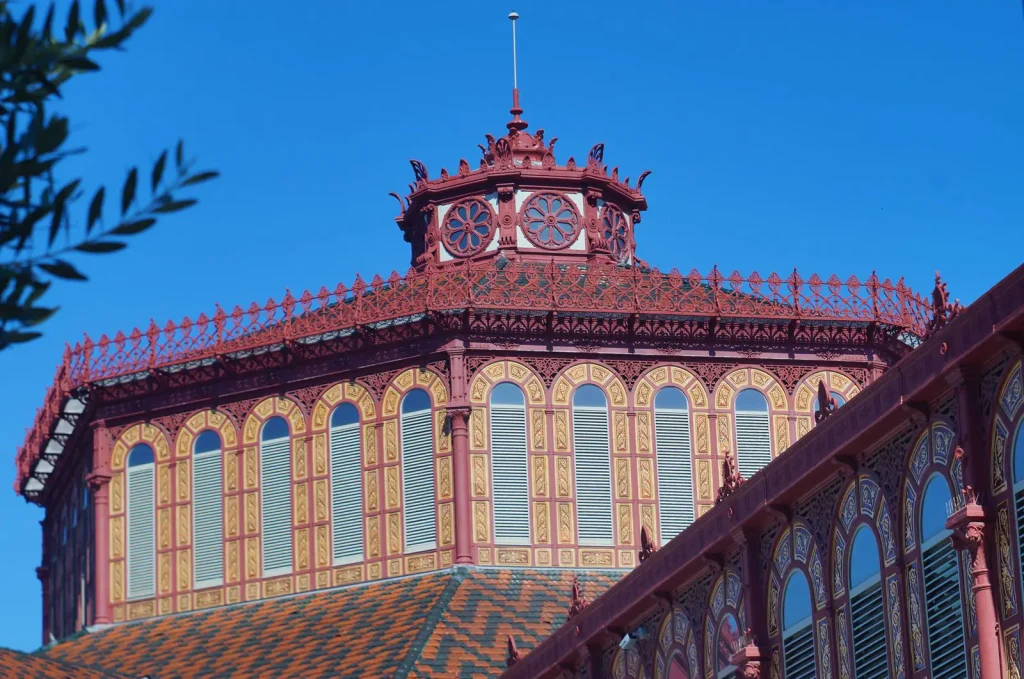
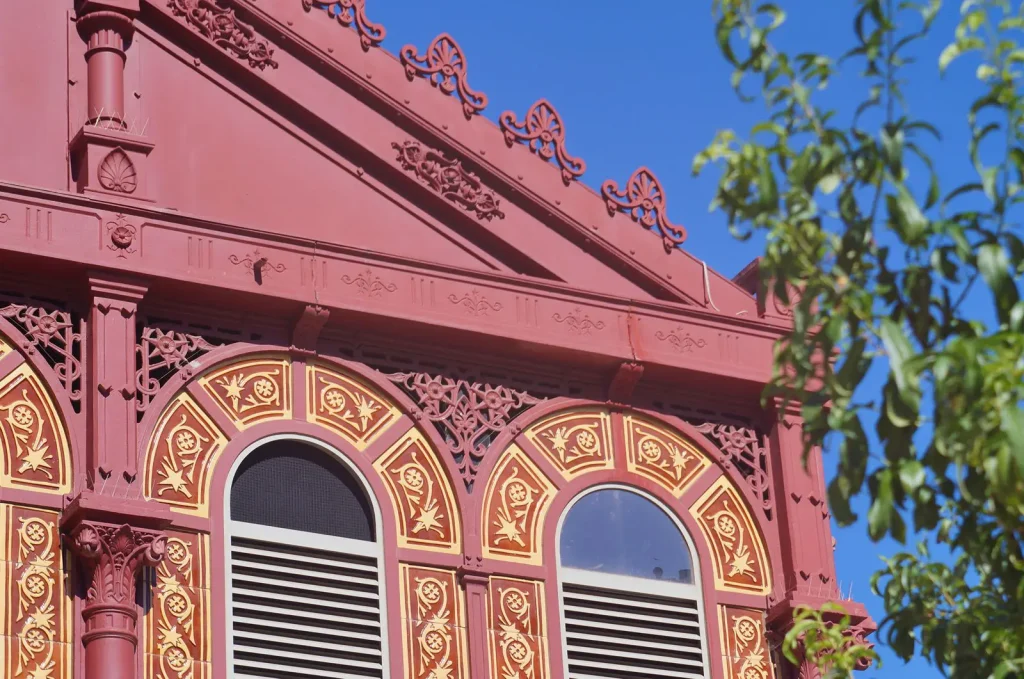
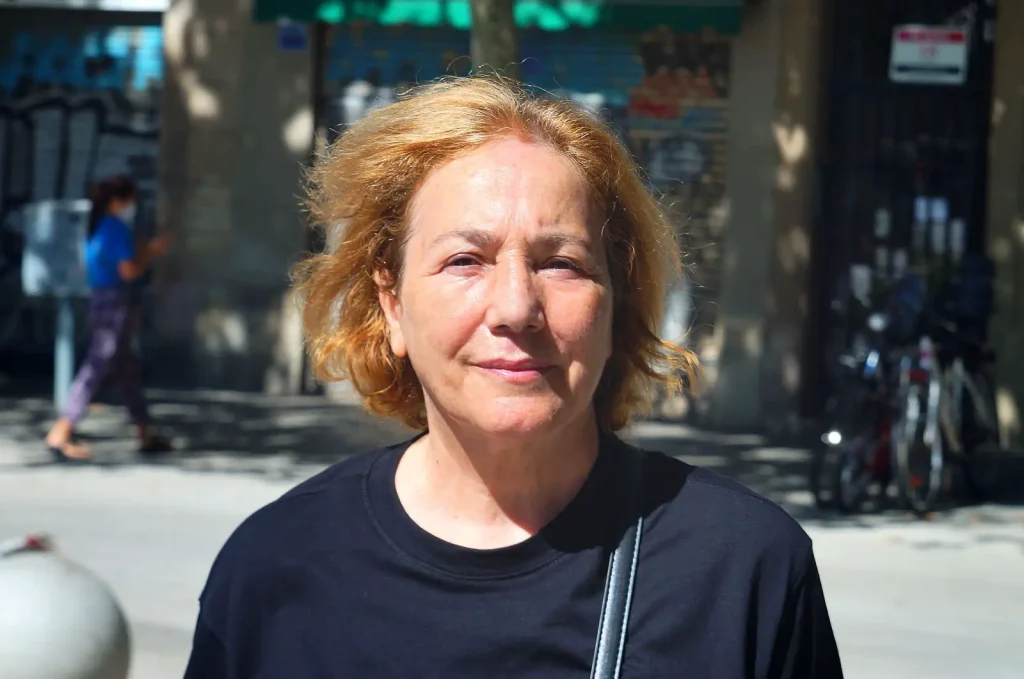
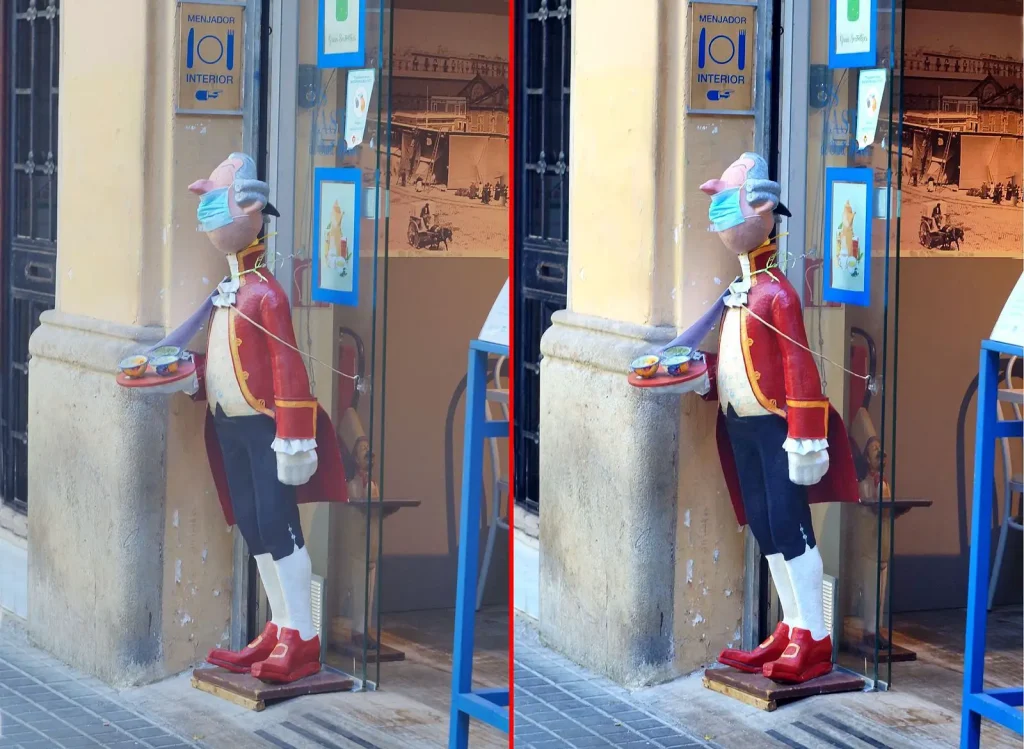
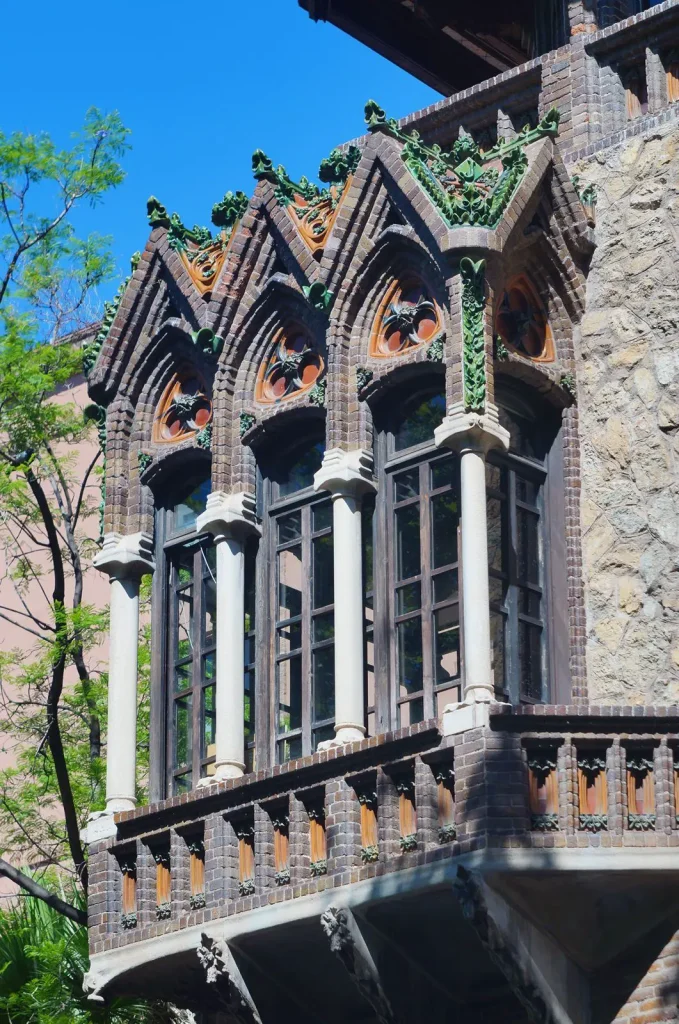
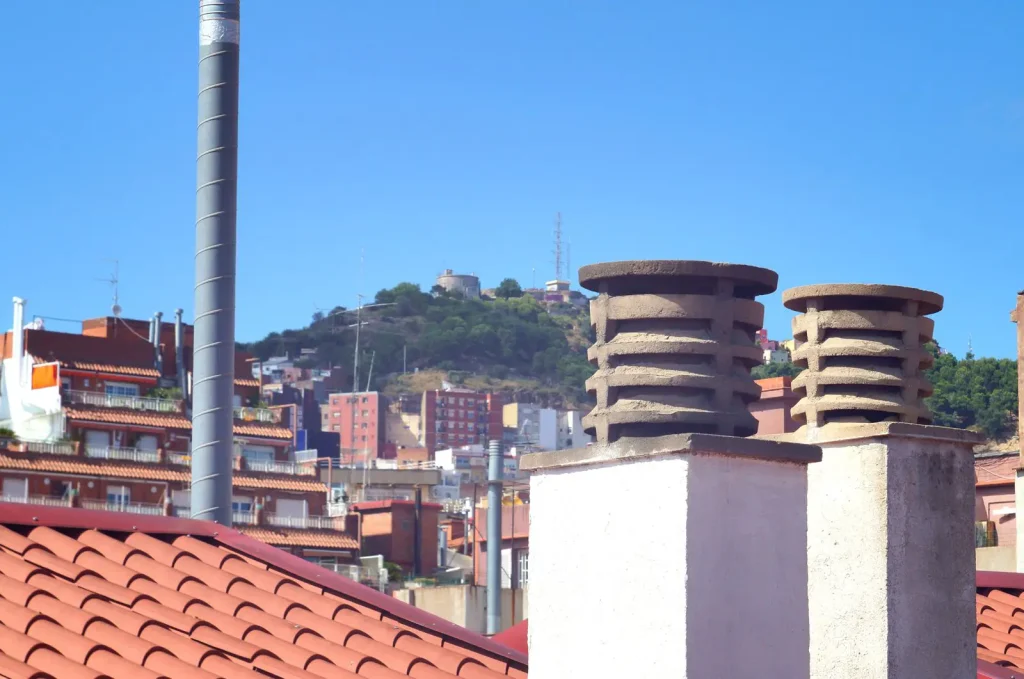
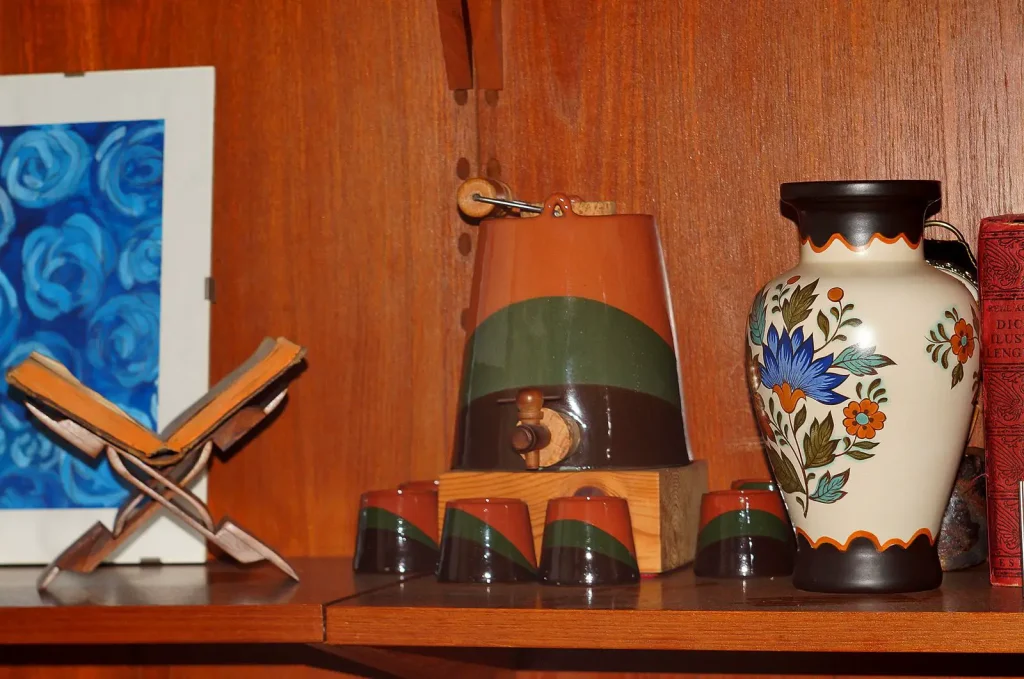
I carried the gadget by hand without a tripod, while taking photographs in a book market and when asking permission for a shot the seller asked me, “What the hell is that apparatus with many screws and strange appearance”, I had to explain it to him, you should have seen his face…
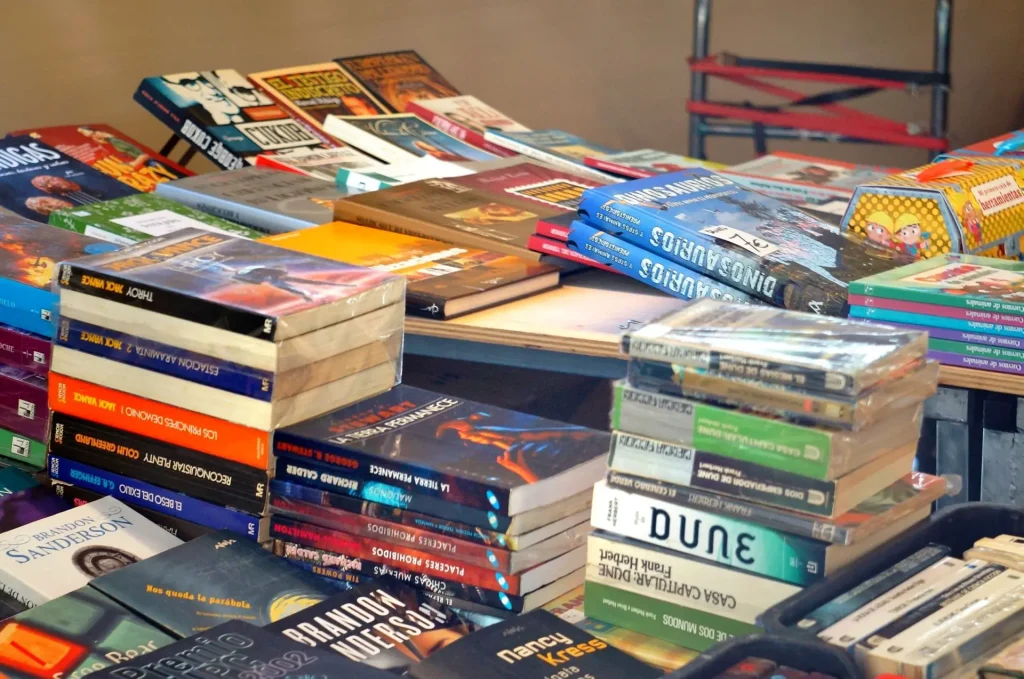
The experience has reminded me of times past and in that aspect it has been very satisfying.
Regarding the Schneider Kreuznach 75 mm f4.5 lens, its use to shot photos has been very fun but perhaps it is not the best working tool. It will return to its corner for another long rest…
To finish this article, I want to show you a shot that was printed with the Schneider Kreuznach lens on it. Finding a photo from the target year was not easy. As a tribute to the great girl of 1957, I attach the original photo shot with a Leica IIIf (cover on the table).
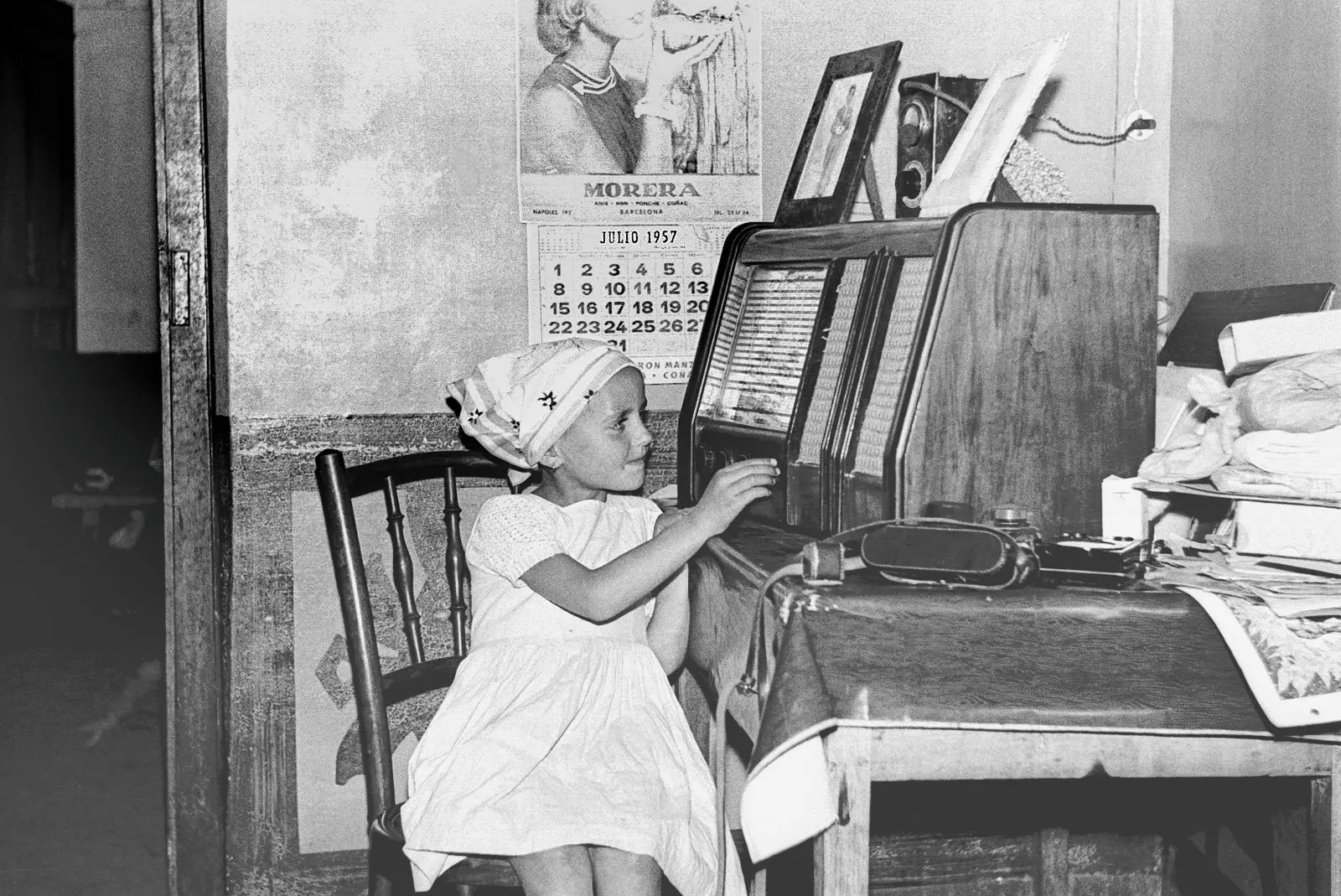
I hope you liked the story.
Share this post:
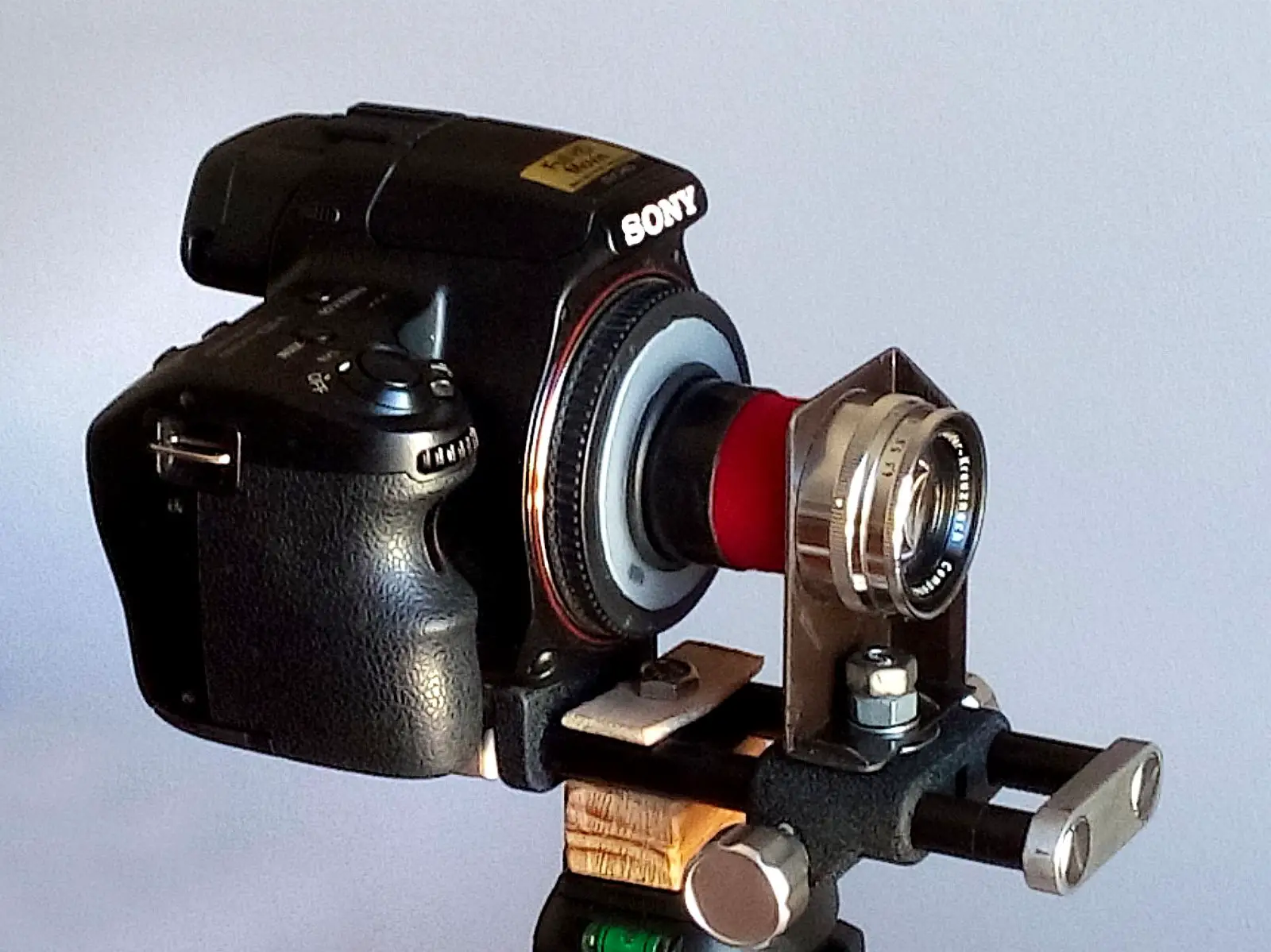








Comments
Martin on Artefacts of a Laboratory – Adapting an enlarging lens to a Sony DSLR – By Jordi Fradera
Comment posted: 12/08/2020
a great story and photos. The last one is equally good.
Take care and stay healthy!
Martin in Austria
Jonathan Leavitt on Artefacts of a Laboratory – Adapting an enlarging lens to a Sony DSLR – By Jordi Fradera
Comment posted: 12/08/2020
https://www.dropbox.com/sh/g9yadw6szxhe6r8/AAACl-n1onoAO_pBUe__ICMCa?dl=0
Patrick Abe on Artefacts of a Laboratory – Adapting an enlarging lens to a Sony DSLR – By Jordi Fradera
Comment posted: 12/08/2020
I had read about adapting an enlarging lens to a film camera via various adapters, using a bellows as the "focusing ring." In my case, it was an 80mm f/5.6 EL-Nikkor, which was fantastic for close-up photography, but less sharp at Infinity. (Photo magazines of the time said as much, so I hunted flowers, bugs, and miniatures.) I recall reading about companies such as Argus suggesting that the C-series lens would work as well in the darkroom as in the field. My experiments with the EL- Nikkor were restricted to black-and-white, since these were tight-money-college- student days. Color film was reserved for the Nikkormat FTN and "regular lenses" that didn't need a bellows and "went to infinity and beyond." ;)
Jonathan Leavitt on Artefacts of a Laboratory – Adapting an enlarging lens to a Sony DSLR – By Jordi Fradera
Comment posted: 12/08/2020
Scott on Artefacts of a Laboratory – Adapting an enlarging lens to a Sony DSLR – By Jordi Fradera
Comment posted: 12/08/2020
Jordi Fradera on Artefacts of a Laboratory – Adapting an enlarging lens to a Sony DSLR – By Jordi Fradera
Comment posted: 13/08/2020
Thank you all for your comments.
1.- The lens does not appear to have any veil or imperfection
2.- Indeed Rosamari must already be about 75 years old, I have not had contact in the last 40 years. I had a great relationship with her family. The place: Estac (Lleida-Spain), isolated in the middle of the Pyrenees, in their house they had the only telephone in the town, made of wood and with a crank to request a line by voice, 13 km of dirt road from a local road and cows and poop abundant in its alleys.
In those years about 200 inhabitants, today, perhaps 12 stable.
3.- For me the article has been memories and fun and I will keep the invention in a safe place.